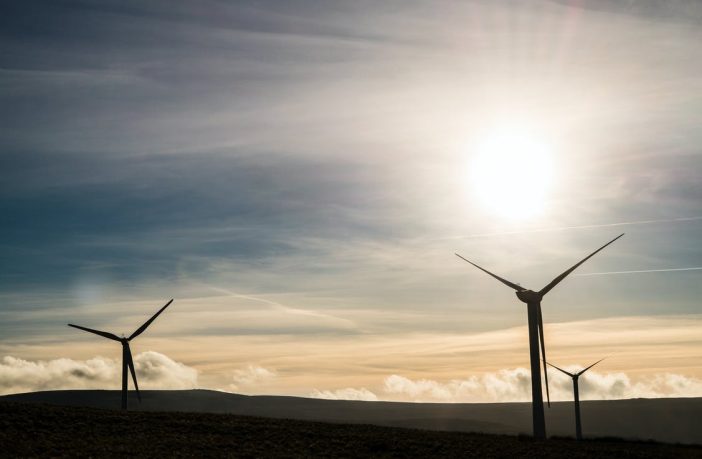- South Africa has been plagued by loadshedding since 2007, and 2021 was the worst year yet, with 1,165 hours of the year’s 8,760 lost.
- Though, to be fair, on 8 July 2022 the country was sitting at 1,008 hours of loadshedding so 2021 might be losing that title fairly soon.
UCT’s Energy System Research Group worked on a two-part feasibility strategy which they called Resolving the Power Crises. Part A: Insights from 2021 – SA’s Worst Load Shedding Year so far provides the analysis, while Part B: An Achievable Game Plan to end load shedding sets out proposals for how Eskom could get around loadshedding.
Instead of creating a projection proposing what the situation could be like if more energy is added to the grid going forward, the research group analysed what the impact would have been on loadshedding last year if there had been more generation capacity on the system, using Eskom’s own data, thus creating an empirical basis for their strategy.
Counterintuitively they discovered that rather than increasing system risk, the data shows that adding more wind and solar power to the existing distressed South African power system would have reduced loadshedding and increased system reliability.
“Empirical evidence demonstrates that an additional 5GW of renewable capacity would have essentially solved loadshedding in 2021 whilst enabling better and more efficient operation of our power system – all at a cost-saving to Eskom,” reads the report.
Adding 5GW of RE changes the loadshedding game
The report posits that adding 5GW of wind and solar – the approximate capacity of two REIPPP programme bidding windows – in the same proportion as the current installed capacity, would have allowed Eskom to eliminate 96.5% of loadshedding in 2021.
The additional wind and solar capacity would also then have reduced the amount of diesel used in the Open Cycle Gas Turbine peaker plants by more than 70%. More optimal use of Eskom’s pumped storage assets would also then have been possible, creating a further diesel saving.
“We find that the remaining fraction (3.5%) of loadshedding could have been eliminated by a modest expansion of Eskom’s ILS3 demand response programme or other aggregated demand response intervention. The very last few hours of loadshedding could be mitigated by 2GW of one-hour batteries,” declares the report.
Analysis of the cost impact of adding 5GW of renewable energy to the system also yielded a surprising result. Based on Eskom’s own 2020/1 financial year, dispatch cost of OCGT and coal power, and assuming renewable energy prices to be around R0.86kWH6, adding the renewable energy to the grid would have saved Eskom R2.5 billion.
That cost-saving doesn’t reflect the economic benefit to the country of avoiding loadshedding, it is the net cash saving Eskom could accrue because it would burn less diesel. “The saving is after provision for a hypothetical R6.08/kWh incentive for participating customers to reduce load under a demand response programmes (this equates to a 100% premium over the cost of running existing OCGTs), and the cost of 2GW of batteries,” the report qualified.
Resolving the crises
The second half of the report tries to demonstrate that containing, reducing and resolving loadshedding is possible. It demonstrates thought, that the possibility of achieving this with the current set of policy and procurement measures is low.
It then lays out the nature and extent of a suit of interventions that could help, mapping out a potential resource plan and game plant to implement said plan.
Resolving the power crises Part B: an Achievable Game Plan to end Load Shedding Part B of the report generally aligns with the National Planning Commission’s proposals, in particular removing the 100MW ceiling and local content requirements in the short term.
It also proposes that a ministerial determination be issued for the remaining capacity catered for in the current IRP2019 (13,600MW) by expanding Bid Window 6 and supports the updating of what it refers to as the now “outdated” Integrated Resource Plan.
In addition to support Eskom’s continued maintenance schedule, Plan B also suggests investigating how to:
- Increase the likelihood that projects in the existing IPP Office procurement rounds can close;
- Increase incentives to ramp up renewable energy projects in the <1MW and 100MW market category;
- Use the existing and new projects to add even more additional energy to the grid;and
- Install additional thermal peaking capacity and expand diesel storage at existing peakers.
Link to the two reports:
- Resolving The Power Crisis Part A: Insights from 2021 – SA’s Worst Load Shedding Year Thus Far
- Resolving The Power Crisis Part B: An Achievable Game Plan To End Load Shedding
*The reports were authored by Dr Grové Steyn, Dr Peter Klein, Adam Roff, Celeste Renaud, Lonwabo Mgoduso and Rian Bran.
Author: Theresa Smith
Theresa Smith is a conference producer for Vuka Group.
This article was originally published on ESI Africa and is republished with permission with minor editorial changes.

















1 Comment
Excellent